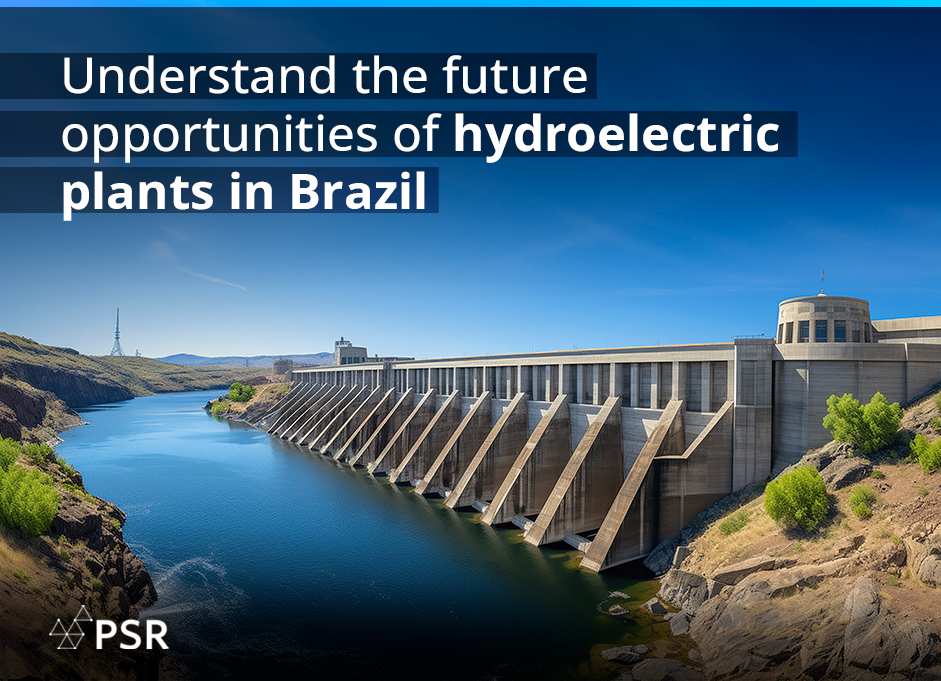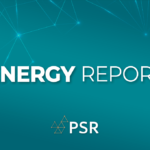Understand the future opportunities of hydroelectric plants in Brazil

The upcoming expiration of a set of hydroelectric concessions will be an important milestone and rekindles discussions on reviewing contracts for these plants to ensure the continuity of energy supply to the country and the maintenance of existing infrastructure. This moment also reveals itself as a relevant opportunity to consider aspects such as the modernization of plants, environmental sustainability and operational efficiency in hydroelectric power plant contracts.
According to Jairo Terra, head of Regulation and Litigation at PSR, it is essential to reflect on the new needs of the electrical system. “The renewal of concessions is a good opportunity for us to review some of these contracts, in addition to creating forecasts for the provision and remuneration of this service. It would be a good incentive for them to be provided appropriately,” he stated during a webinar promoted by MegaWhat. Therefore, the expectation is that the regulatory framework will be improved to address such systemic needs, which over time have been met mainly by hydroelectric plants.
In fact, for more than a century, the development of the Brazilian electrical sector has been based on hydroelectric plants. These plants, in addition to having significant power, provide all the services necessary for the country’s electrical grid.
However, in a more modern scenario, Brazil started to invest and explore other renewable sources, such as wind, biomass and solar. Among these, without a doubt, the most popular is solar, which despite having a generation profile that is not very seasonal, has strong variability during the day.
The May edition of Energy Report, a monthly bulletin produced by PSR on trends, challenges and opportunities in the energy sector, states that we should think of reservoirs and hydroelectric plants, in general, with another function. Increasingly, as we project economic growth, hydroelectric plants will have functions that are slightly different from those already known throughout history. They will be more responsible for battery services and peak service, or other auxiliary services to the electrical system.
Is it still possible to make new hydroelectric plants viable today?
For executive director Rafael Kelman, from a technical point of view, there is still considerable potential. In layman’s terms: it is possible to build several hydroelectric plants. However, looking at the environmental aspect, the scenario is different. “We have a situation where companies are not willing to invest more in feasibility studies because they do not realize that this could lead to a project that they have in their portfolio winning auctions,” he assessed. According to him, the sector has been waiting for a few years for a signal from the government, but it hasn’t come. With the uncertainties in the business, it will be difficult to resume.
Even so, hydroelectric plants are protagonists in the Brazilian market, with an installed capacity of around 108 gigawatts (GW), according to data from the National Electric System Operator (ONS), and are still responsible for over 60% of the country’s energy production on the national interconnected system (SIN). So, even though it is a somewhat aged park, with care and a focus on modernization, plants will be able to return to their peak. Regarding opportunities, the Energy Report addresses reversible hydroelectric plants, the synergy between hydroelectric plants with floating solar plants and the construction of very low head hydroelectric plants, which have a lower environmental impact and innovative engineering solutions.




